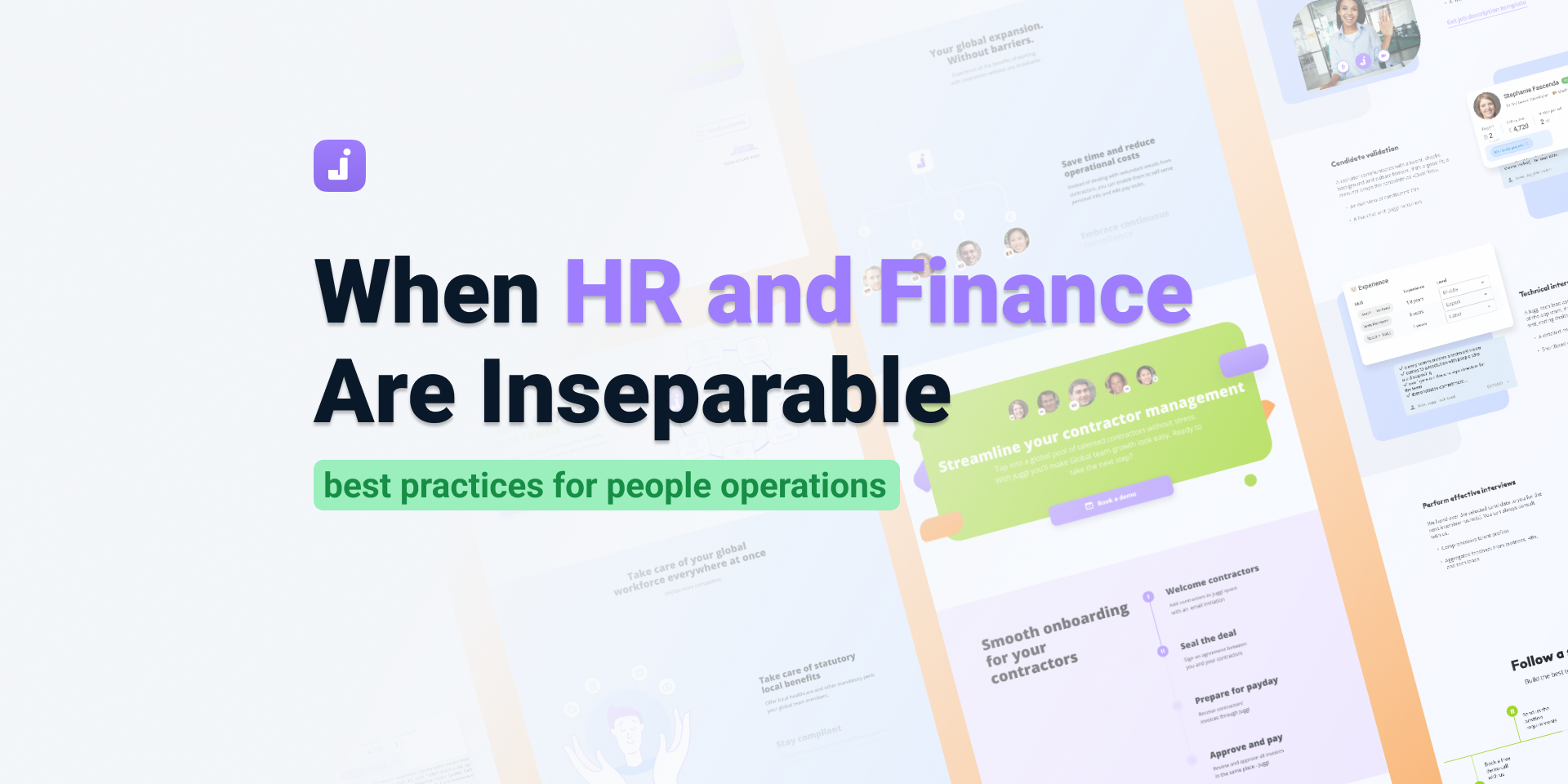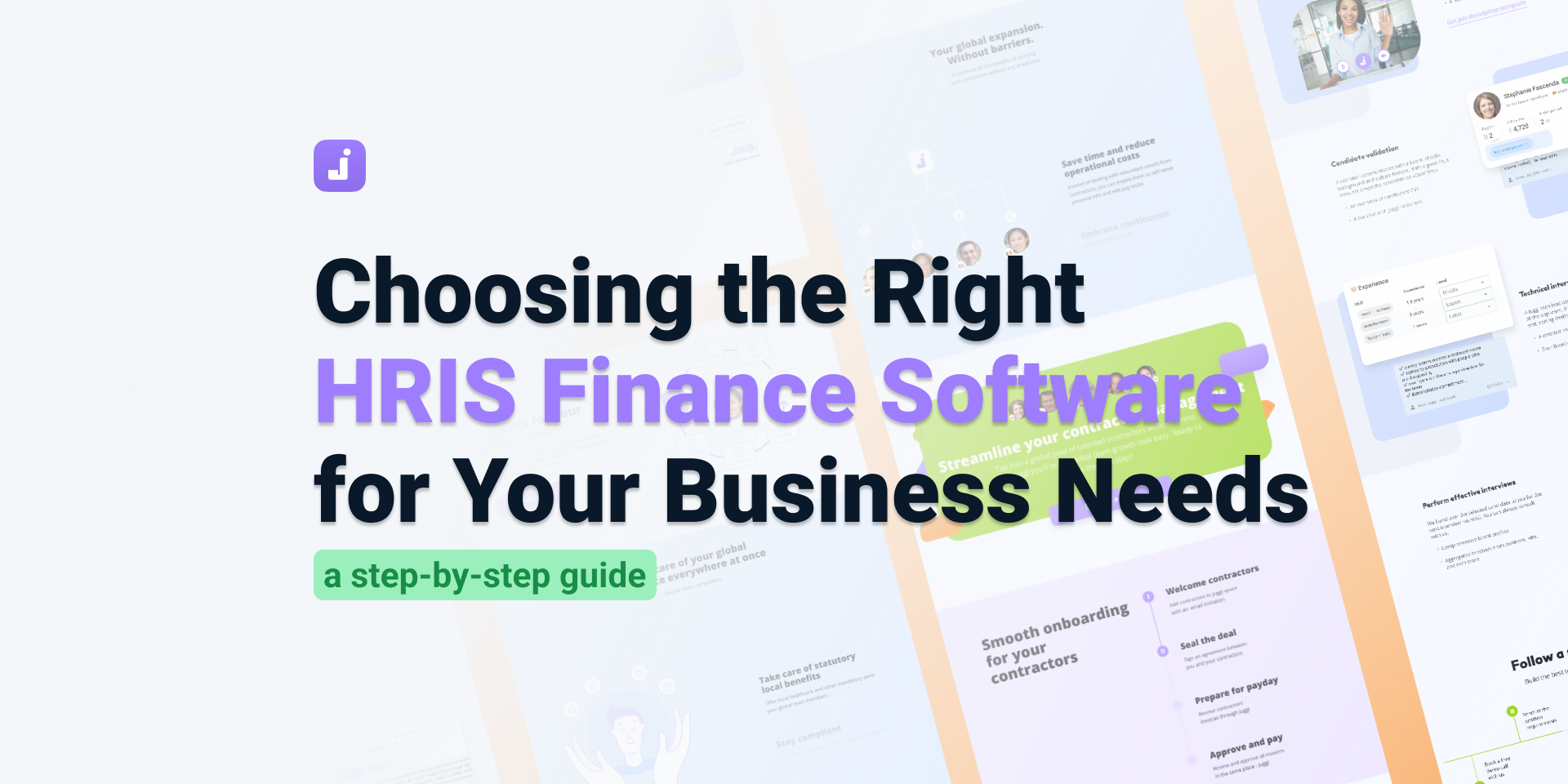4 Common Pre-Payroll Mistakes and How to Avoid Them
The payroll workflow is what lies in the core of every business and therefore needs to be kept in perfect shape. And yet, pre-payroll activities remain one of the most overlooked stages in this process. When this stage is rushed or mismanaged, even the most sophisticated systems can’t prevent costly errors, delays, employee dissatisfaction, or compliance risks.
The truth is, even the most experienced HR, finance, and payroll professionals can fall into the trap of overlooking key steps in pre-payroll. But with the right structure, tools, and habits, these mistakes are entirely preventable. In this article, we’ll break down four of the most common pre-payroll pitfalls and show you how to steer clear of them. Keep reading to protect your payroll process from errors before they start.
Understanding Pre-Payroll
Before a single pay slip is generated, there’s a critical phase that sets the foundation for everything that follows: pre-payroll. This is where raw employee data is reviewed, validated, and finalized to ensure payouts run smoothly and accurately. It may not get much attention, but it’s the stage where most payroll errors are either prevented or created.
The pre-payroll stage typically includes:
- Collecting employee data (new hires, terminations, changes to salary, benefits, or contracts)
- Tracking time and attendance (working hours, overtime, leaves, holidays)
- Validating inputs (ensuring all data is accurate, complete, and approved)
- Reviewing deductions and benefits (taxes, pensions, insurance, reimbursements)
- Managing approvals and cut-off timelines (cross-team alignment and sign-offs)
- Coordinating with third-party systems or providers (HRIS, accounting, benefits platforms)
While the pre-payroll processes are universally essential, the ownership varies by organization. In some companies, HR leads the process. In others, it’s Finance. In many cases, it’s a shared responsibility. Regardless of who runs pre-payroll, the challenges are the same in every case: a misaligned system risks losing employee data in manual handovers and facing the ever-present risk of human error. Let's take a closer look at the most common pitfalls.

Mistake #1: Running on Incomplete Employee Data
You can’t run clean pre-payroll on incomplete or messy data. And yet, time and again, payroll teams are handed employee records that are missing critical information like updated salaries or bank details. When crucial details like job titles, salary changes, tax information, or bank account numbers are missing or incorrect, it leads to last-minute corrections that risk to take longer than yo can afford, as well as payment delays, or worse, employees not being paid properly. These errors are a quick way to erode trust and can even be responsible for growing turnover rates. The Workforce Institute at UKG did a study in 2022 and found that 49% of workers will look for a new job after just two payroll mistakes. This shows how sensitive workers are to errors in their paychecks – and how much you need to avoid them.
This mistake often happens because employee data lives in too many places. When information is scattered across HR systems, spreadsheets, emails, or shared drives, it often requires manual effort should you need to transfer or update it. Without a single, trusted source of truth, pre-payroll processing ends up becoming a guessing game instead of a reliable process.
Solution
The fix starts with building reliable, real-time visibility into employee data and making sure everyone involved in payroll has access to it. That means setting up clear processes for updating records, standardizing handovers between HR and payroll, and eliminating manual data entry wherever possible.
Juggl makes this easy by connecting your employee data, time tracking, and payroll workflows in one platform. It flags missing or inconsistent data before payroll runs, so you’re not finding problems at the eleventh hour. With Juggl, your team can stop chasing down updates—and start running payroll with confidence.
Mistake #2: Failing to Validate Data Before Processing
Even when all your payroll data seems to be in place, skipping validation is a fast track to costly errors. Data may look complete on the surface, but without proper checks, hidden issues like duplicate entries or incorrect deductions can quietly slip through and wreak havoc when payroll runs.
Some of the most frequent validation mistakes include:
- Misaligned pay periods and timesheets
- Missing approvals on leave or overtime
- Incorrect tax codes or benefit deductions
- Employee classification errors (e.g., contractor vs. full-time)
- Duplicate or outdated entries in the system
Solution
To avoid these pitfalls, treat data validation as a non-negotiable step in your pre-payroll checklist. Build a standardized review process that includes automated checks, manual spot audits, and clear sign-offs from relevant decision-makers.
With Juggl, validation is built into the pre-payroll flow. The platform flags inconsistencies, missing approvals, or anomalies before you hit the Submit button, ensuring you'll never send an incomplete payroll order again.
Mistake #3: Failing to Keep Complete Records of Previous Cycles
Payroll is a forward-moving process, but when things go wrong, you'll often have to look for the answers in the previous pay cycles. Whether it’s a compliance audit, an employee dispute, or an internal reconciliation, not having a clear record of what happened in previous cycles can put teams in a tough spot. Unfortunately, many companies treat payroll records as an afterthought, saving data in scattered folders, or worse, not saving it at all.
This becomes a serious issue when someone questions a payment, or when finance needs to verify figures for reporting. Without a complete audit trail, the burden falls on payroll teams to reconstruct what happened, often under tight deadlines and with limited visibility.
Solution
The key to avoiding this mistake is to build record-keeping into your payroll process. This should become a core requirement for your workflow. Keep organized, time-stamped logs of every payroll run, including input data, approvals, exception handling, and final reports. And make sure those records are easily searchable when you need them.
Juggl automatically creates a digital paper trail for every payroll cycle, accessible both by employees individually and by payroll teams. This way, you always know what was run, when, and why. That means no more digging through old emails or versioned spreadsheets when you need proof of what happened.
Mistake #4: Lack of Automation in Pre-Payroll Processes
If you're still relying on spreadsheets, email threads, and manual trackers to manage pre-payroll tasks, you're not alone, but you definitely are at risk. Manual processes are time-consuming, error-prone, and quite rigid when it comes to scaling. And when every input, approval, and calculation is handled by hand, your payroll team spends more time fixing issues than preventing them.
Lack of automation doesn’t just slow you down. Today, when the whole world is relying on AI and automation on every step, it increases the chances of data discrepancies and disrupted workflows between teams. As payroll complexity grows, so does the strain on your team – and it shouldn't be this way.
Solution
Automate the repeatable parts of pre-payroll so your team can focus on review and oversight instead of data wrangling. Integrated HRIS payroll management systems are your answer: it helps eliminate repetitive tasks like data entry or timesheet consolidation, reduces human error, improves data visibility, and manages compliance-related questions for you. In case of an unexpected audit, a good HRIS payroll software will have your back. And when you feel the need to grow and scale, it will make the expansion easy and error-free.
How to Implement Automation for Pre-Payroll Activities
Start by identifying bottlenecks. For example, try to see where approvals stall or where data gets duplicated. Then, adopt a system that integrates with your existing tools (HRIS, time tracking, benefits platforms) and centralizes your pre-payroll workflows.
With Juggl, automation is built from the ground up. From syncing employee data and tracking time off to managing approvals and running pre-payroll validations, Juggl takes the manual work off your plate and at the same time gives your team full control and visibility. It’s everything your payroll process needs to scale with less effort and fewer mistakes.
Conclusion
The future of payroll lies in fully integrated HRIS and payroll solutions that connect every step of payroll within a single, cohesive platform. This integration eliminates bottlenecks, reduces errors, and creates a seamless flow of information that supports faster, more accurate payroll cycles.
Pre-payroll operations are the foundation of this future. By addressing the common mistakes upfront, your team can transform payroll from a stressful deadline-driven task into a reliable, transparent process that supports business growth.










